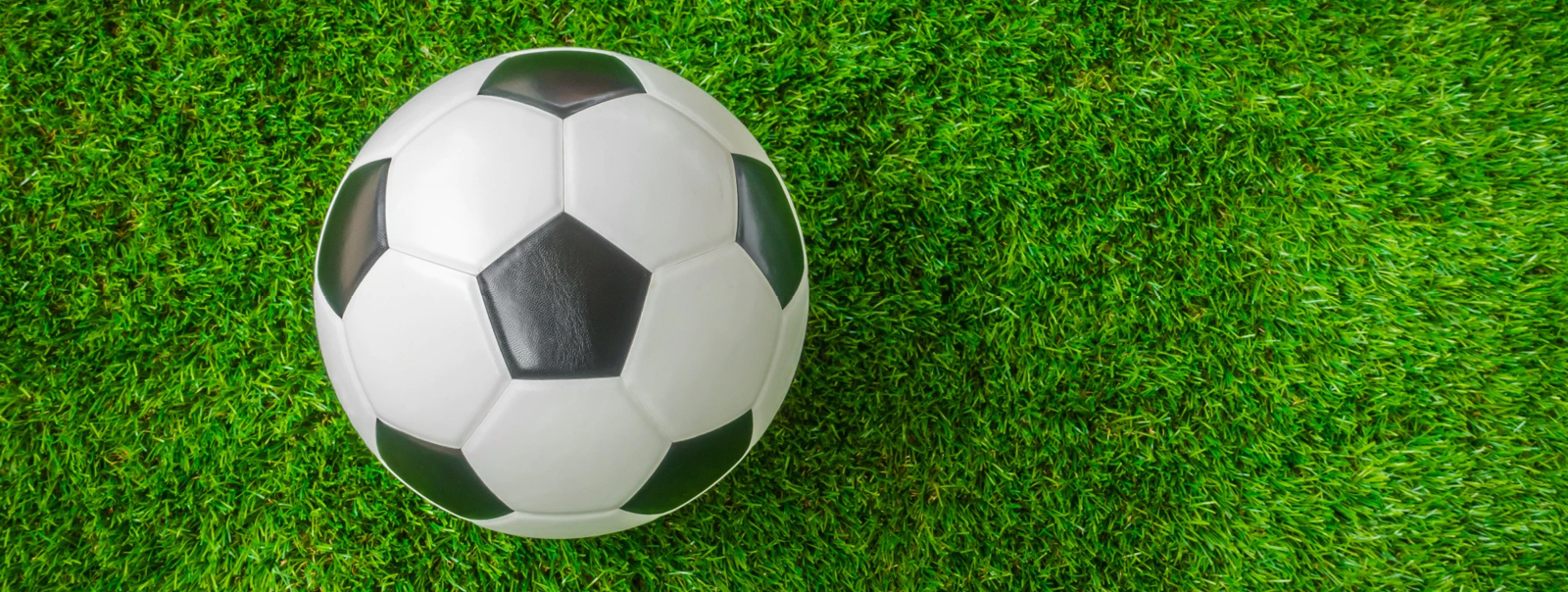At a glance
With a certain football, or soccer, tournament taking place in Qatar, the competition’s official match ball has been designed to be the fastest ever football “in flight,” while also reportedly boasting the highest level of accuracy and reliability. In addition, it has an in-built sensor that detects the speed, direction, and angle of the ball – supporting match officials with live data to help them make accurate decisions.
But what are footballs actually made of and how much have they changed over the years?

The evolution of the football
During the first half of the 20th century, footballs were essentially made up of a rubber bladder inside stitched leather. But leather balls have often been criticized for endangering football players because they become much heavier when wet. while there has been a specified weight for footballs since the 1930s, this only applies at the start of a match before they have been soaked by rain, for instance.
The sport’s global governing body still preferred leather footballs with a waterproof coating until 1986, when it introduced a fully synthetic football. Since then, there has been a continuous process of innovation to improve the design of footballs using materials such as plastics that you might have heard of if you regularly check out this Newsroom!
The materials that make up a modern football
One of the most recent materials we looked at was polyurethane, which is one of the most versatile plastics out there. Polyurethane has waterproof qualities as well as being light and durable – making it perfect for making a football. Another material that is commonly found on the outside of a football is polyvinyl chloride (PVC), a cost-effective leather replacement that is durable, lightweight, and waterproof.
The outer cover of a football is stitched or glued around an inner lining that may be made of polyester, cotton, or a combination of the two. The more expensive the football, the more inner layers it is likely to have, helping to determine how it feels and bounces. While cotton can add more softness, polyester is less costly and more durable.
Meanwhile, the bladder inside a football is designed to hold air. This will be made of rubber, either a natural latex form or synthetic butyl, which is considered more durable and keeps air in the ball for longer.
Although football players will sometimes say they enjoy the feel of natural cotton and latex materials in a football, it is worth noting that some of the most complex and sophisticated footballs are synthetic. For example, this official match ball is made up of 70 percent polyurethane and 20 percent recycled polyester.
Where does Samsung C&T fit in?
Various synthetic resins and polymers are behind the materials used to manufacture footballs. Changes in the chemical processes applied to create these polymers can have diverse results, depending on whether the goal is to make a football, clothing, furniture, or a wide range of other products.
Samsung C&T has been trading chemicals, including those used to make footballs, for decades now. The company harnesses its expertise, experience, and global logistics infrastructure to provide solutions to customers. In addition to expanding value chains, it is developing its specialism in chemicals by strengthening trading of key items such as synthetic resins, methanol, and fertilizer.
In particular, Samsung C&T’s Trading & Investment Group is taking interest in environmentally friendly markets, including seeking opportunities to participate in the trade of biodegradable resins such as polylactic acid (PLA), which can be used to make more eco-friendly plastic.









